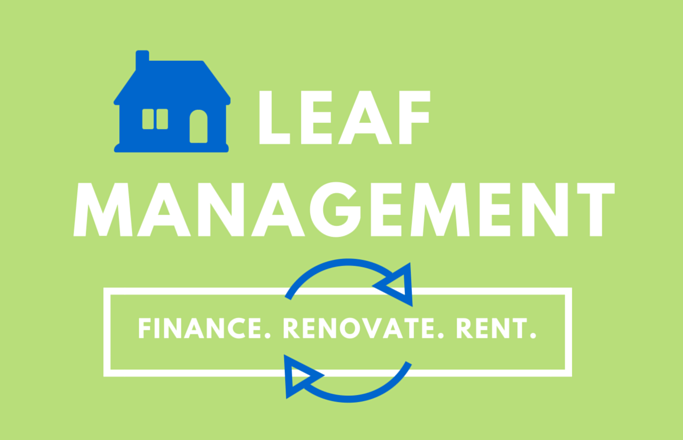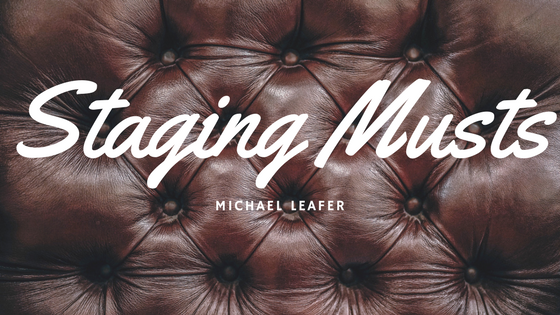After you’ve finished rehabilitating a house, it’s time for you to get ready to show it off to prospective buyers. At this point in the process, all the technicalities should be taken care of — all the paint dried, all the pipes in order, all the HVAC systems up to par. Now it’s all about aesthetics and making the house feel homey enough that visitors can envision themselves inhabiting the space. As you prepare to decorate the house, here are some important aspects to keep in mind.
Less is More | It’s a common habit for novice home stagers to load the house up with all the furniture they can find and clutter up the area. For the full-time inhabitants, this may be a fine practice, but for selling a home, you want to emphasize size and possibility. Overcrowding the rooms with too much stuff will make them look too small and pigeon-hole guests so much so that they fail to see the potential of themselves in the house. Keep the furniture to the lesser side for prime selling looks.
But Don’t Skimp | Too little furniture, by the same token, can make the house look cold and uninhabitable, which can prove a total turnoff to potential buyers. Ensure that there’s enough furniture that the house looks ready to go to subconsciously guide your visitors in the direction of seeing themselves in the house full time.
Keep Art Tasteful | As for wall decor and bric a brac, opt for vanilla pieces and unintrusive designs, including cafe art, wreaths, and soft landscapes. Again, you’re shooting for a wide audience here, so don’t accidentally alienate a potential client by choosing a strong piece of art that turns them off. Bed Bath and Beyond art will suffice for showings and stagings.
Opt for a subdued Color Scheme | Again, no need to go over the top here. A bland, nearly invisible color scheme for the furniture and rooms will leave open the door for guests to imagine what they can do. Stark-white can feel impersonal, but soft blues, beiges, and pastels.
Warm and Fuzzy | Make sure that you install a healthy helping of area rugs, fleece blankets, throw pillows, and candles around the house. You don’t want the house to feel like a warehouse but a potential place to develop a life, so reminders of what life looks like will help convey that to your potential buyers.

